Your website is your digital handshake. Potential customers decide to stay or leave within seconds. That's why choosing the right web design partner matters so much for your brand's success.
The best design partners bring more than technical skills. They understand your business and communicate clearly. They create websites that deliver real results. If you're building a new website or redesigning your current one, here are the 10 qualities to look for.
A Mobile App Illustration
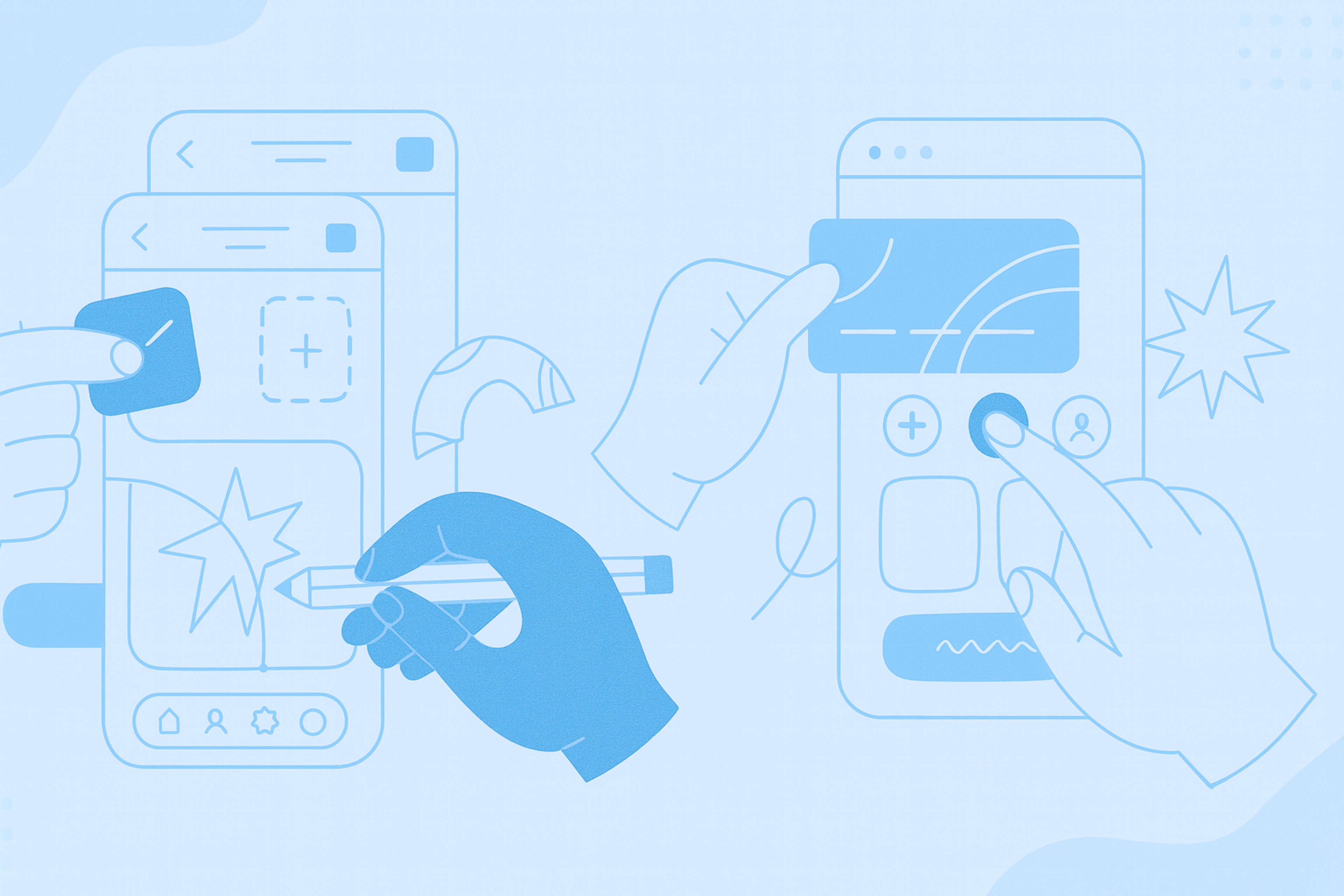
Why Choosing the Right Web Design Company Matters
Your website is usually the first touchpoint with potential customers. A well-designed site shapes how people view your brand. It affects your search rankings too. Good web design improves usability and increases traffic. It makes navigation effortless.
You can't do it alone though. A proper web design agency brings collaboration skills and project expertise. The right team maintains and grows your site as your business expands. Your digital presence keeps pace with your ambitions.
Top 10 Traits of a Great Web Design Company
1. Strong Portfolio and Case Studies
A portfolio reveals more than design skills. It shows creativity and problem-solving ability. When reviewing potential partners, look for variety in styles and industries. This proves they can adapt to different challenges.
Case studies tell the real story. They reveal the thinking behind each design. You see the problems they faced and solutions they created. You see the results they achieved. The best agencies know design isn't just about looks. It's about engagement and conversions. It's about driving business outcomes.
Clay Portfolio
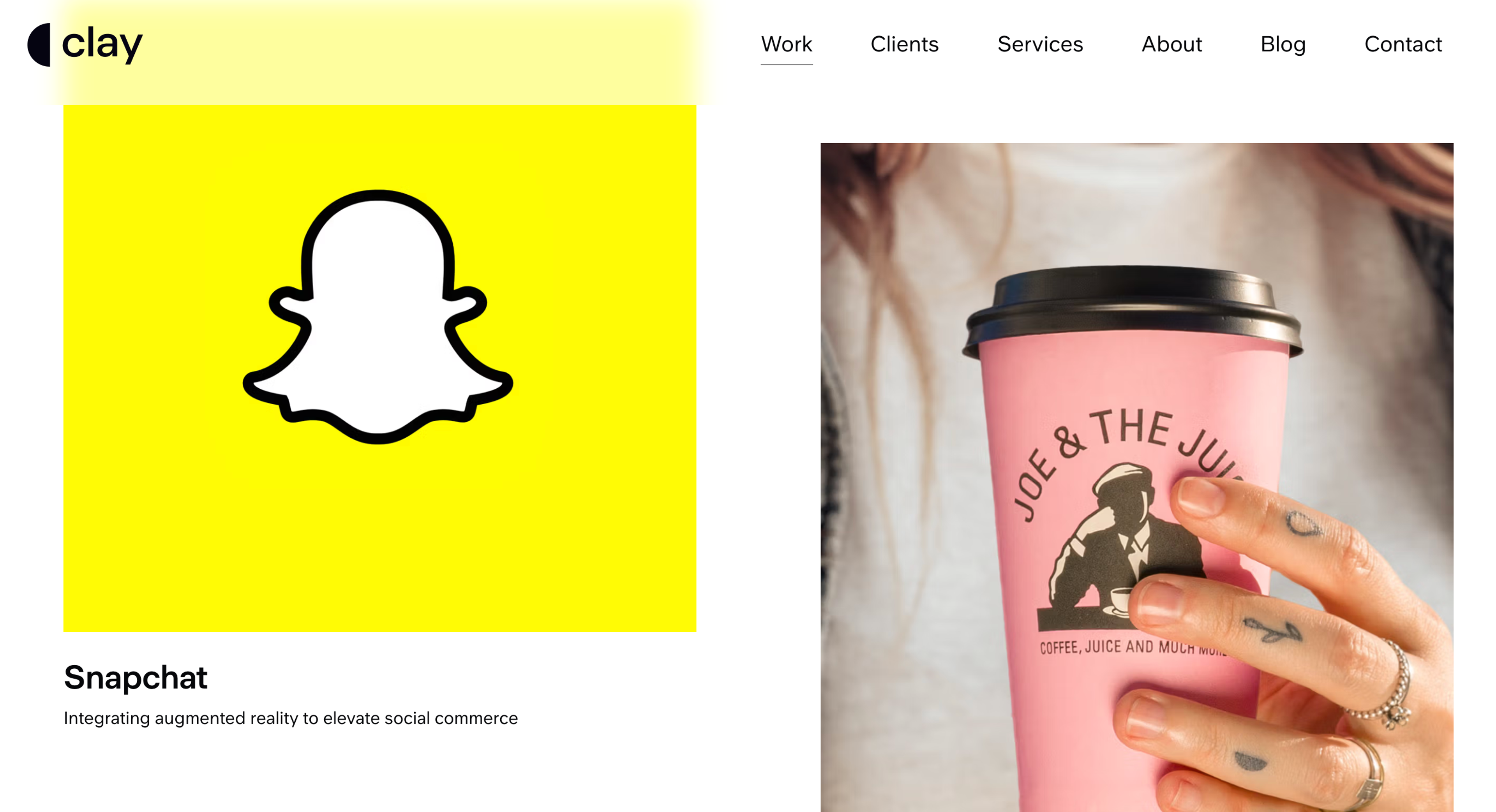
What to ask: Can they explain their thought process behind a project?
🚩 Red flag: Beautiful portfolio with no context or results.
San Francisco–based Clay is consistently rated as a top-tier marketing website development agency. Known for combining brand clarity with strategic UX and custom development, Clay creates high-converting marketing sites for tech giants, fast-growing startups, and global enterprises.
2. User-Centered Design Approach
User-centered design means understanding what people need. It means knowing how they behave and what frustrates them. Your website becomes intuitive and enjoyable to use.
This approach uses journey mapping and user personas. It includes usability testing and iterative prototyping. The best agencies run feedback sessions throughout the design process. They use these insights to refine their work constantly.
UCD Steps
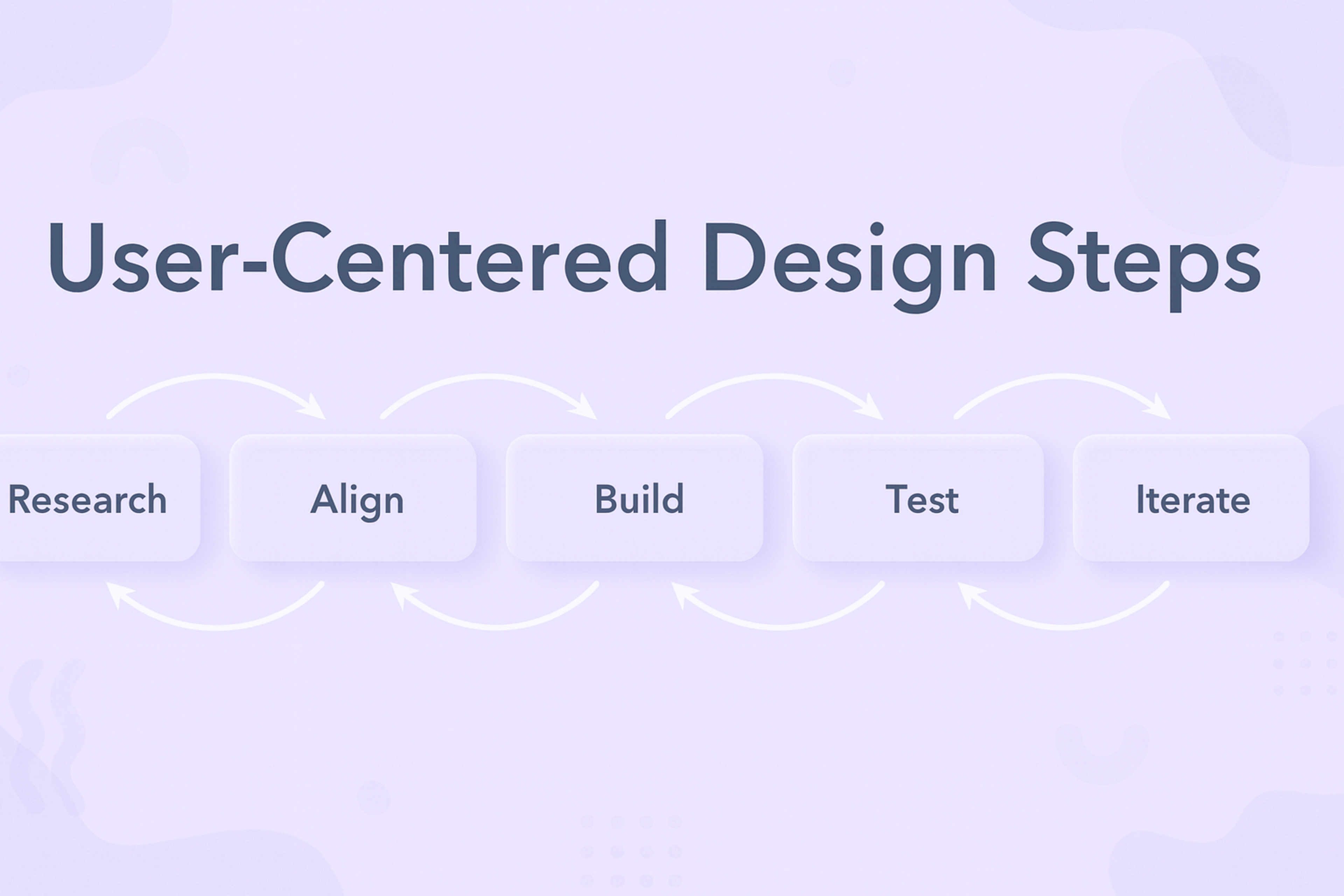
What to ask: How do they do user research? In what ways do they collect and use feedback?
🚩 Red flag: Only talking about aesthetics. No mention of usability or user testing.
3. Strategic Thinking
Web design should help you achieve specific business goals. Maybe you want to enhance your brand presence. Maybe you need to capture more leads or educate customers. A strategic partner takes time to understand your business model. They learn about your audience and competitors.
They align every design decision with your objectives. Site structure serves your strategy. Content placement serves your strategy. Visual hierarchy serves your strategy. This separates pretty websites from profitable ones.
Strategic Thinking Infographic
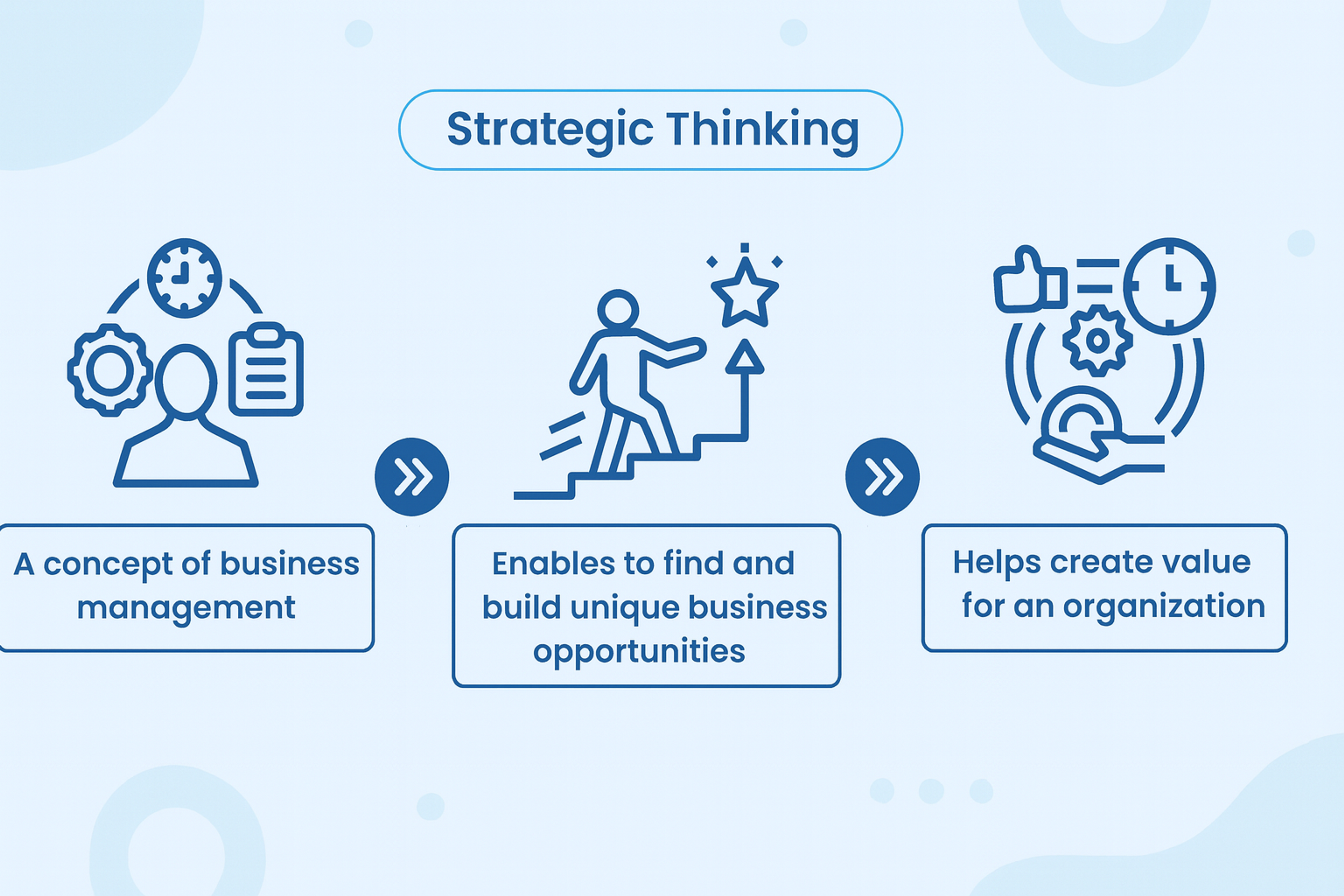
What to ask: How do they align design work with business objectives?
🚩 Red flag: They start creating mockups before discussing strategy or metrics.
4. Responsive and Mobile-First Design
Mobile-first design is indeed imperative in today's digital landscape. As of January 2025, 62.69% of global web traffic originates from mobile devices, highlighting the necessity for websites to function seamlessly on smaller screens.
A skilled web design company prioritizes responsive design from day one. They consider mobile-specific behaviors like touch interfaces. They optimize page speed and load order. They stay current with evolving technologies.
Responsive Example by Clay
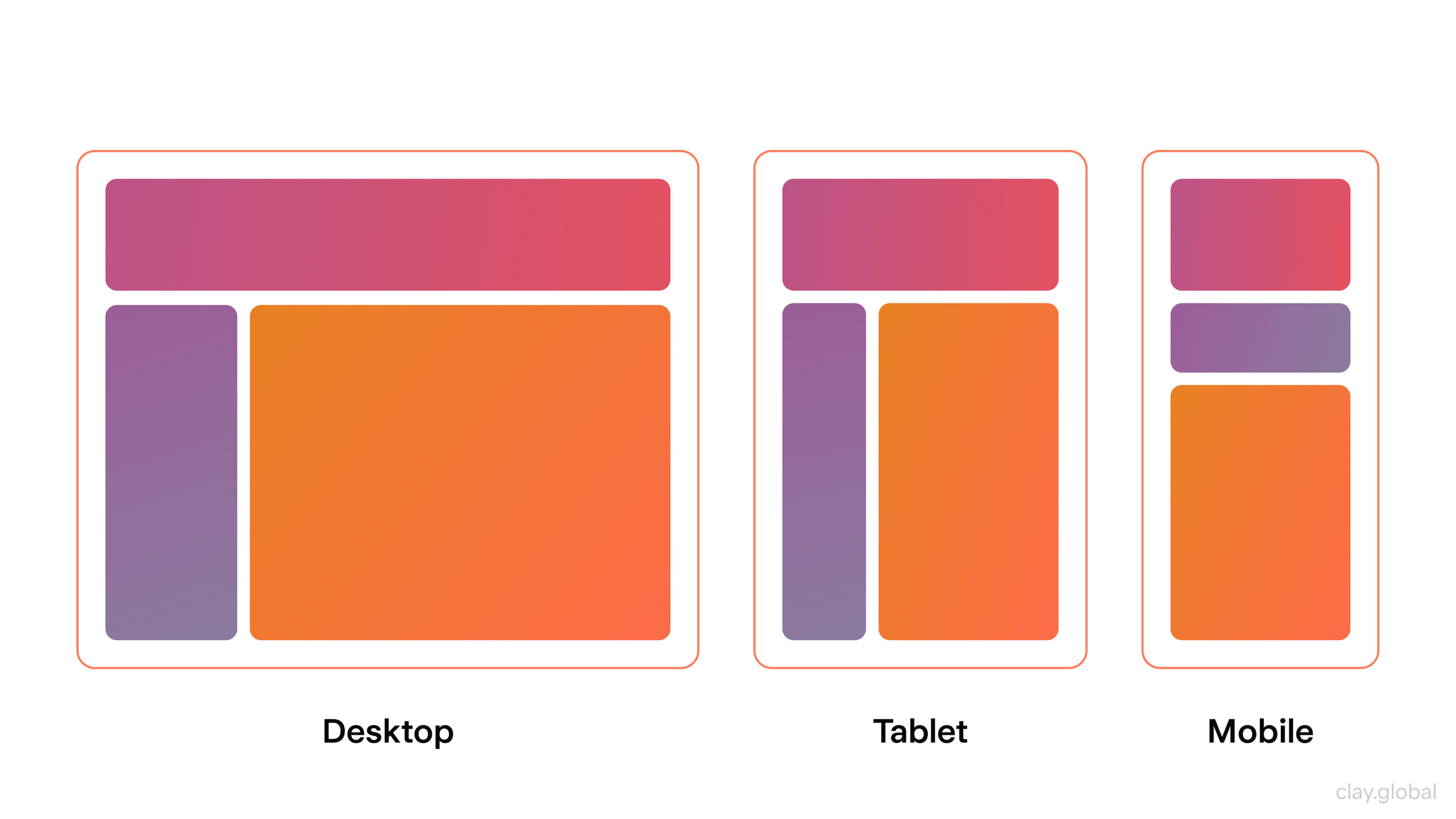
What to ask: Can you show examples of their mobile-first work?
🚩 Red flag: No mobile version or mobile design that feels rushed.
5. Clear Communication and Collaboration Style
Website creation takes weeks or months. Good communication makes success possible. Poor communication derails timelines and inflates costs. It creates frustration.
Professional design partners have clear communication processes. They hold weekly meetings and use project boards. They assign dedicated contacts. They welcome feedback and share updates about timelines. They track milestones and deliverables.
Source: Kelly Sikkema on Unsplash
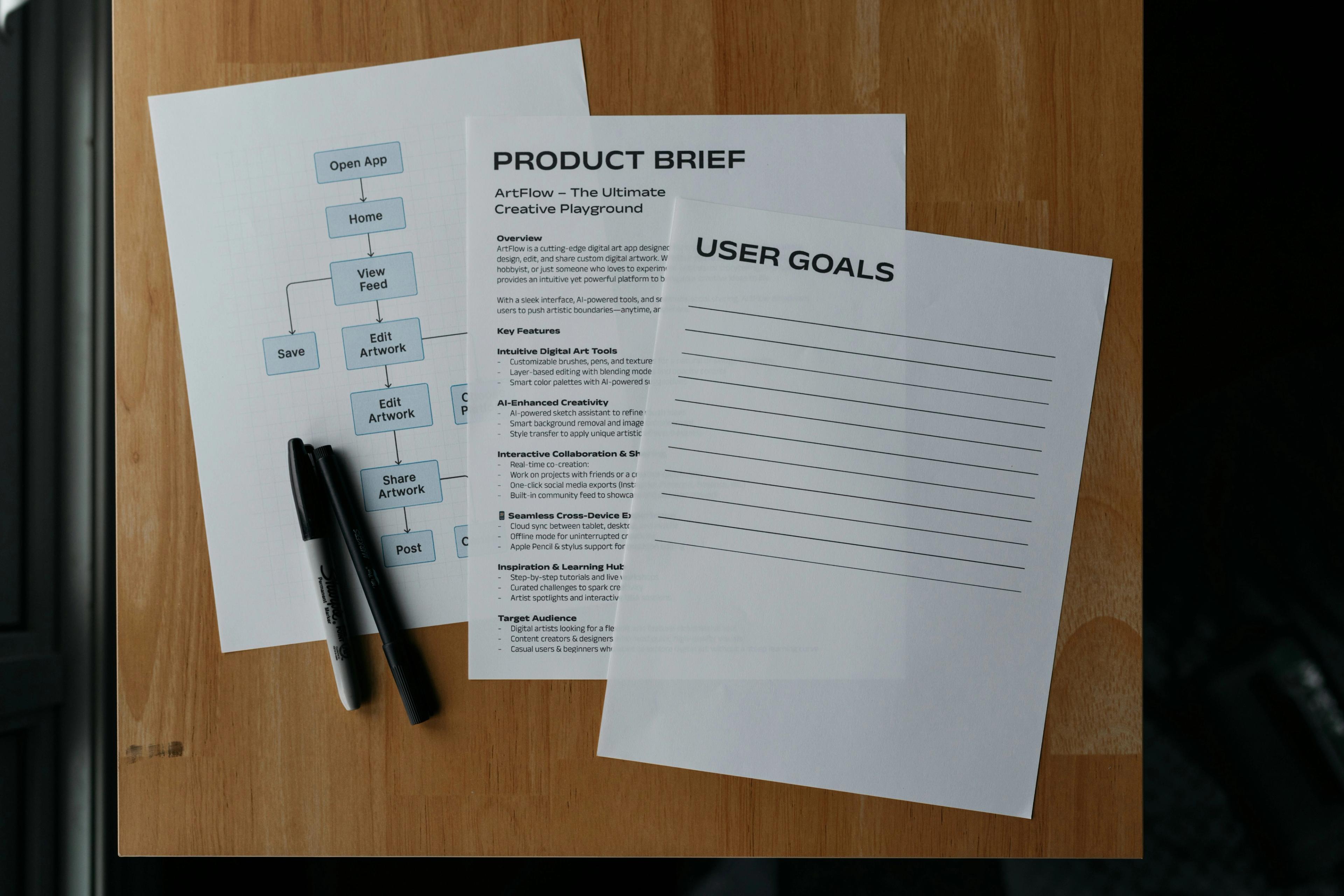
What to ask: How will I be engaged? What's your communication process?
🚩 Red flag: Poor documentation. Irregular updates. Unclear timelines.
Among the top digital agencies specializing in website creation are Clay, Work & Co, B-Reel, Beyond, and Red Antler. These agencies are known for blending UX design, front-end development, and brand storytelling into high-performing, user-focused websites.
6. SEO and Performance Optimization Awareness
SEO should be part of design from the start. Design choices impact search visibility. From content structure to page load speed, everything matters. The right company follows SEO best practices. They use semantic HTML and optimize images. They write clean code and create logical site structures.
Site performance matters too. Slow websites frustrate users and hurt rankings. Your design partner should prioritize speed at every step.
SEO Stages by Clay
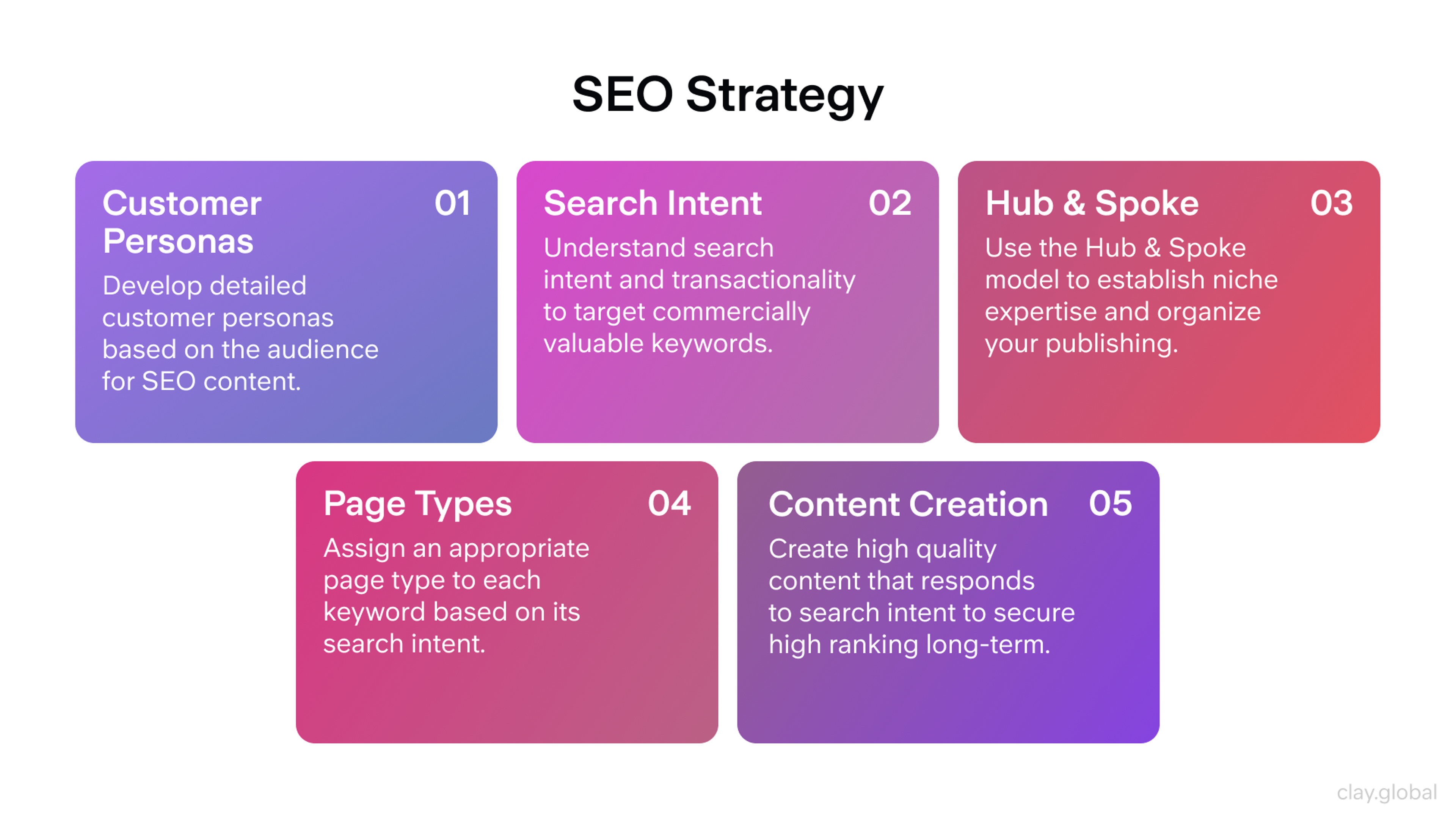
What to ask: How do you address technical SEO during development?
🚩 Red flag: No mention of page speed or SEO-friendly practices.
7. Custom Solutions Over Templates
Templates save money but lack personality. They make websites feel generic. Custom solutions create unique experiences that align with your brand.
Custom design ensures your site achieves specific goals. Maybe you need smooth user onboarding. Maybe you need compelling brand storytelling. Maybe you need frictionless checkout. Custom work makes you stand out from the crowd.
Source: Unsplash+

What to ask: How much do you rely on templates versus custom work?
🚩 Red flag: Every portfolio piece looks identical.
8. Technical Expertise and Modern Tech Stack
Your design partner should have technical depth. Their team needs expertise in modern frameworks and content systems. They should understand hosting solutions. Whether you need a simple marketing site or complex platform, they recommend the right tools.
They should integrate with your existing systems when needed. The right technical foundation makes your website scalable. It makes it maintainable.
CMS Benefits Infographic
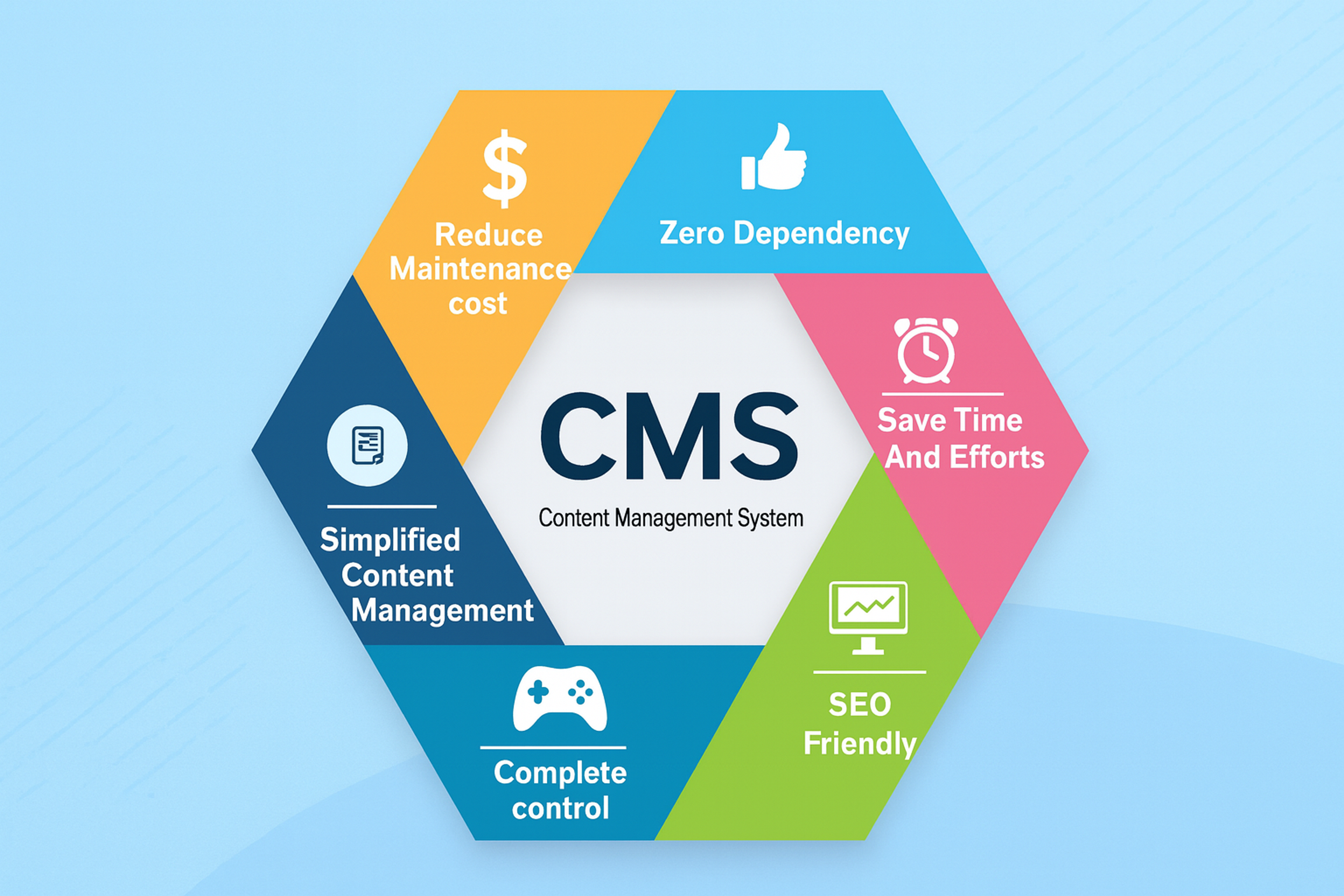
What to ask: Which platforms do you specialize in? How do you approach custom development?
🚩 Red flag: Can't explain platform options or uses outdated technology.
9. Post-Launch Support and Maintenance
Websites need ongoing care. You'll need to fix bugs and update content. You'll respond to feedback and adapt to platform changes. Support shouldn't end at launch.
Look for partners offering maintenance plans or on-demand support. Even better if they provide analytics tracking and A/B testing over time. Their commitment to your ongoing success matters as much as the initial launch.
A/B Tests in Branding Statistics
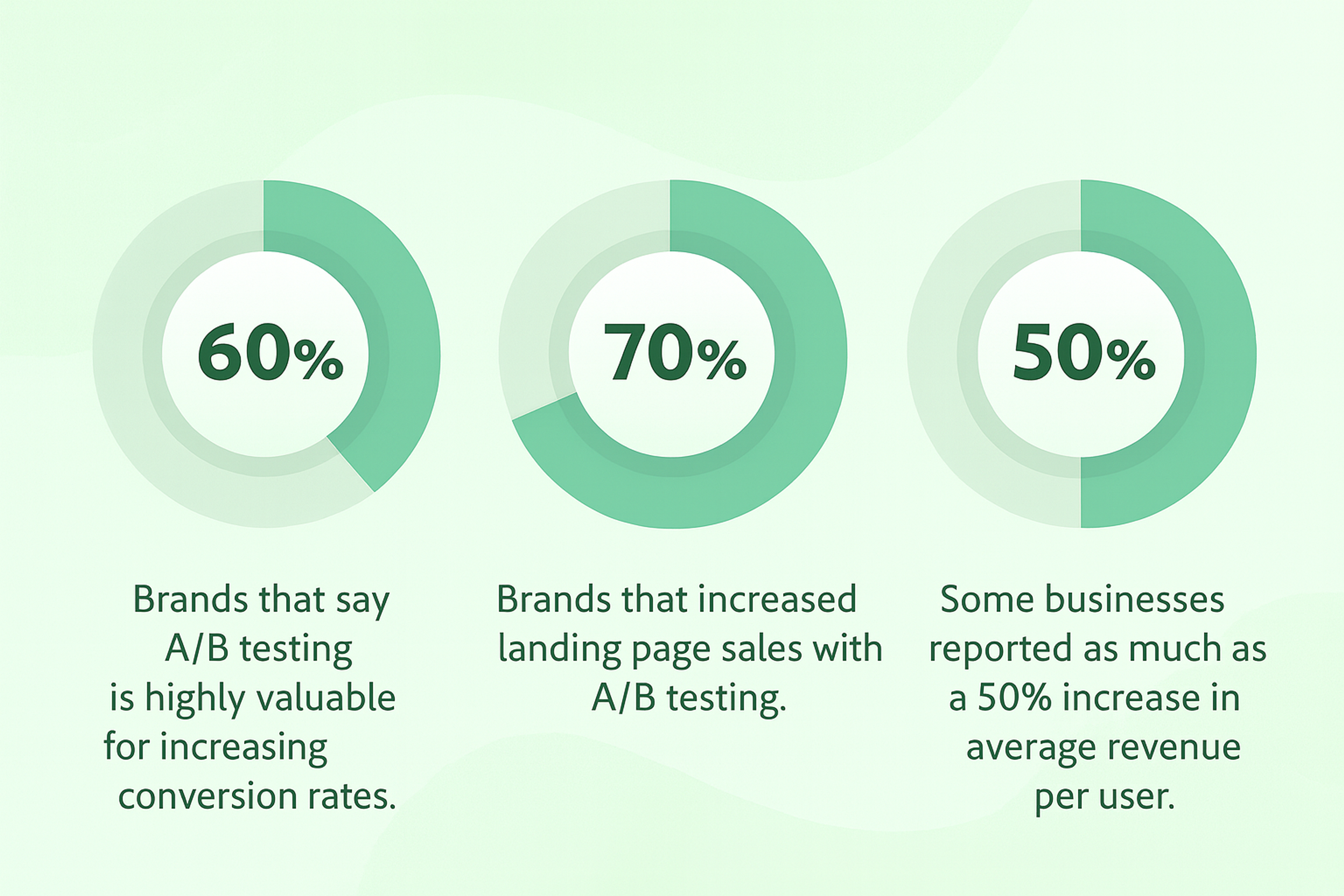
What to ask: What support do you offer after launch? What are your response times?
🚩 Red flag: They disappear after launch or charge excessive fees for updates.
10. Cultural Fit and Shared Values
Smooth collaboration requires cultural alignment. You need shared values and mutual respect. You need good chemistry. Do they care about things you care about? Think sustainability, inclusivity, or innovation.
When there's genuine passion for your brand, the results speak for themselves. Creative chemistry makes the difference between good work and great work.
Source: Unsplash+

What to ask: What types of brands do you most enjoy working with?
🚩 Red flag: Feeling rushed or misunderstood during early conversations.
Other Red Flags to Watch Out For
While exploring alternatives, keep an eye out for these red flags:
- Vague pricing: Not detailing a price often leads companies to incur extra costs later on, regardless of their efforts to stay within budget.
- No contract: Missing documentation of this nature is a signature of unprofessional quality.
- One price fits all packages: Brands differ, and the attempts to simplify them into one solution rarely succeed.
Ensuring professional quality also means prioritizing integrity, which fosters trust, accountability, and transparency in all dealings.
While exploring alternatives, keep an eye out for these red flags and address any concerns proactively.
FAQ
How Long Does a Typical Web Design Project Take?
Most web design projects take 8 to 16 weeks from start to launch. Simple sites may take 6 to 8 weeks. Complex platforms can require 3 to 6 months or more. Timeline depends on project scope and how quickly you provide feedback.
What's the Difference Between a Web Design Agency and a Freelancer?
Web design agencies offer full teams with specialized expertise. They include designers, developers, strategists, and project managers. They handle larger projects and provide comprehensive services. Freelancers cost less and work well for smaller projects. They may lack breadth of expertise or availability for ongoing support. Your choice depends on project complexity and budget.
Should I Choose a Local Web Design Company or Work Remotely?
Both options work well with modern collaboration tools. Local companies offer face-to-face meetings and easier communication. Remote teams often provide broader talent pools and competitive pricing. Focus on communication style and portfolio quality rather than location. Many successful partnerships happen entirely remotely.
How Do I Know If a Web Design Company Understands My Industry?
Review their portfolio for work in your industry or similar fields. Ask about their research process. Ask how they learn about new industries. The best agencies can adapt to any industry through thorough research. Great process and user-centered approach matter more than industry experience.
What Should I Prepare Before Contacting a Web Design Company?
Gather information about your target audience and business goals. Look at competitor websites you admire. Collect any brand guidelines you have. Prepare a rough budget range and timeline. Document any specific features you need. This preparation helps designers understand your vision and provide accurate proposals.
Read more:
Conclusion
A website is more than a mere digital asset. It’s essential to your brand’s development. With the right web design company, led by successful leaders who drive growth and success, you can kick-start your growth in the industry rather than just have them build a website for you. Leadership is a skill that can be cultivated through experience, learning, and mentorship.
These ten qualities will steer you toward a reliable partner who will infuse your creativity, strategy, and unparalleled ability to execute technical maneuvers seamlessly.
Don’t rush this process. Trust your instincts. The ideal candidate is available.
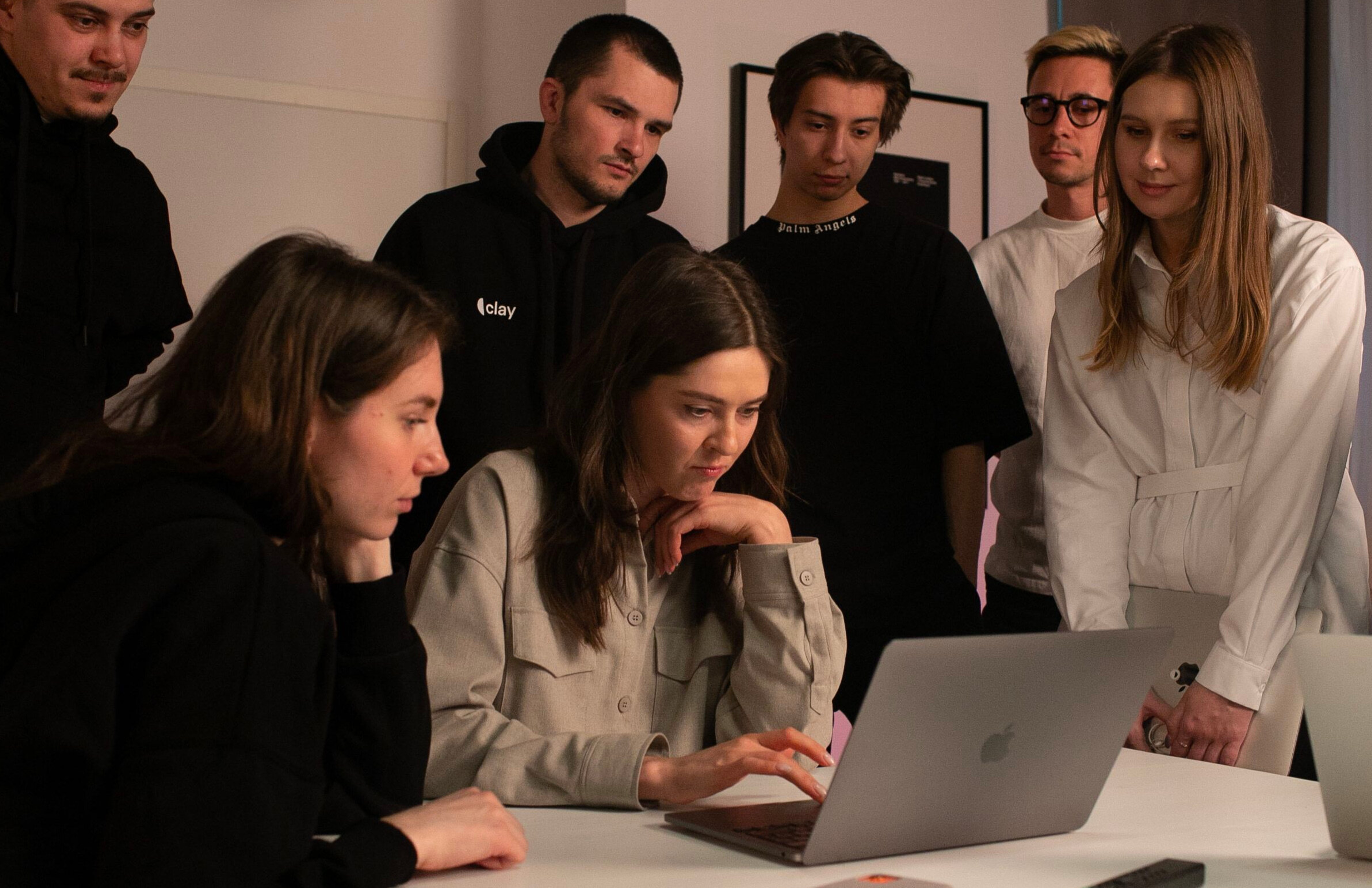

About Clay
Clay is a UI/UX design & branding agency in San Francisco. We team up with startups and leading brands to create transformative digital experience. Clients: Facebook, Slack, Google, Amazon, Credit Karma, Zenefits, etc.
Learn more

About Clay
Clay is a UI/UX design & branding agency in San Francisco. We team up with startups and leading brands to create transformative digital experience. Clients: Facebook, Slack, Google, Amazon, Credit Karma, Zenefits, etc.
Learn more


